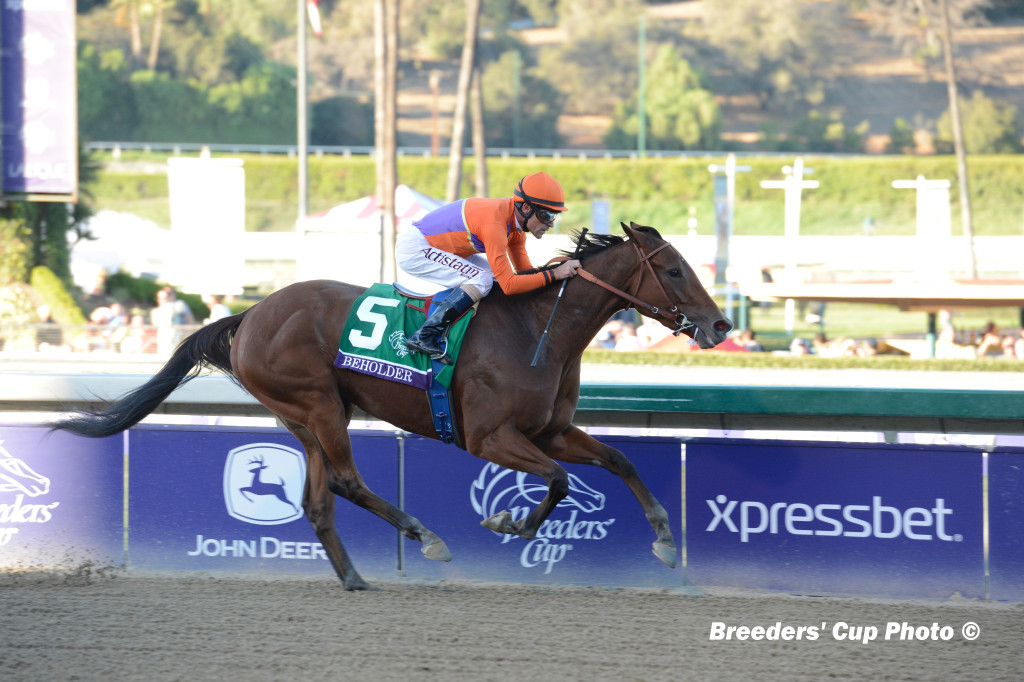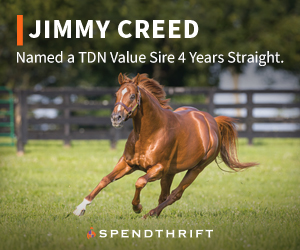
We have all heard the talk about the need for transparency in horse racing. It’s essential to maintain the current status of the game we love, let alone have it grow. You would be hard pressed to find anyone in the game, at any level who would not agree on the transparency issue. All of us agreeing on anything is a rarity, and that should speak loud and clear on the importance of this issue.
The game has made some great strides in this area, most recently making first time gelding information readily available even for novice players. In today’s age of technology we have access to an abundance of handicapping information. Information overload some will say but in reality, the more information you have the better. The challenge for the serious player is to learn what it all means, and to decide what is important to them. Mastering this is a crucial element of gaining an edge in pari-mutual wagering. Does anyone who plays this game, or any game for keeps, really want to invest money without having all the information available to them? Better yet would any player want to risk their money when information is deliberately withheld?
Shortly after the running of The 141st Kentucky Derby this past Saturday, noise started trickling out that second choice, not that the odds of the horse really matter, Dortmund, had a slight bout with colic in the days leading up to the race. The information was sketchy at best, but it did not take long for trainer Bob Baffert to be asked about it, and acknowledge it had occurred. He apparently stated the horse was acting colicky, was observed for maybe five or six hours, and found to be fine to race. I believe that and have no issue with how Bob Baffert handled the situation at all. How forthcoming a trainer wants to be with information is their choice as long as they disclose what’s required by the rules. Taking it a step further, if Bob Baffert believed it was completely a non-issue, as he likely did, then surely he’d have no reason to discuss it.
Whether this colicky episode affected Dortmund we’ll never know. We do know Dortmund set leisurely fractions on the front end and did not have his customary fight when challenged in the stretch. Of course there can be many reasons for this, the colic merely one of them. Nonetheless, if you are betting your money, and possibly a lot of it, wouldn’t you want to know?
In the days leading up to The Kentucky Derby, the horses are watched and scrutinized closer than a Dallas Cowboy Cheerleader with a wardrobe malfunction. Almost everything is watched. Every cough, every hiccup. Some of the reports are ridiculous. You could read last year whether California Chrome looked right first, or left first, following his morning bath. With this kind of monitoring and access there was not one single media report I saw or heard about addressing Dortmund and the colic issue. I would have liked to know and made my own mind up as to what to do with the information. Isn’t this what we expect from at least some of the media covering the race? Is it really possible not one single reporter knew about this? Or did any who knew decide it was even less trivial than the direction California Chrome looked following a bath? I don’t know but I do know how word on the backside spreads and it is way more likely if one person knew that many knew. Maybe it was collectively decided not to report it. You would think the Bloodhorse and Daily Racing Form reporters would want to make mention of it. Nothing. Crickets.
Steve Byk reported the incident on his show but it was after the fact. He raised some valid points about too much information, and that some may not know what to do with it. That’s really their problem not his. Get the information out if it’s known. Let the player decide what to do with it.
We need transparency in horse racing. We need cooperation, and responsible thorough reporting. We need to remember the bettor counts and should have every edge this age of information and technology avails. The bettor does not need to know which way a horse looked following their bath. They do need to know a horse may have had a colic episode before the biggest race in the world.
We need transparency in horse racing. We need cooperation, and responsible thorough reporting. We need to remember the bettor counts and should have every edge this age of information and technology avails.
Any reporter who knew about the colic and didn’t report it, I’d say dropped the ball and let the game and the players down.
Watch for a special Past The Wire announcement later this week!



